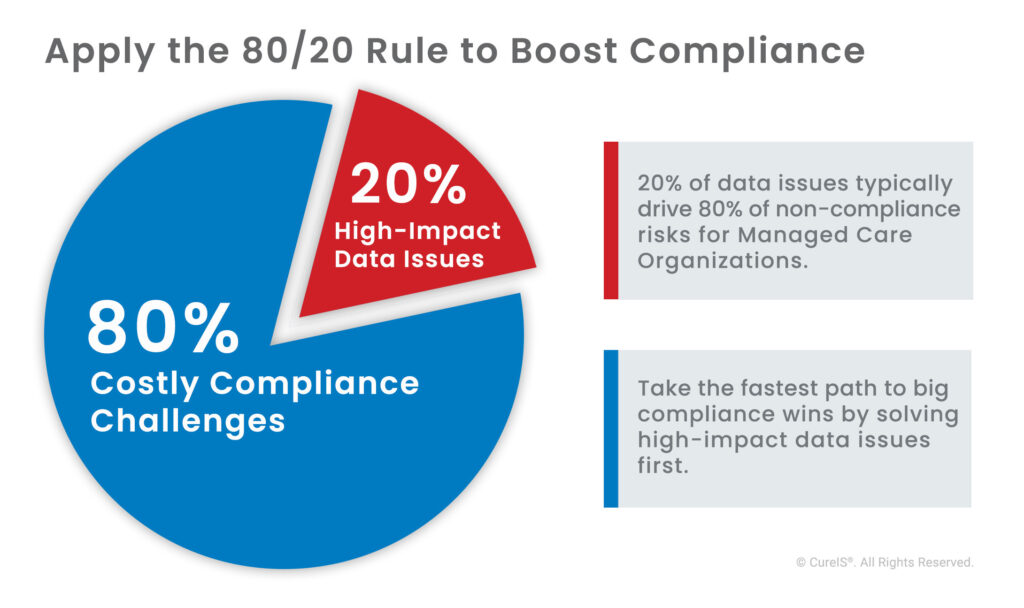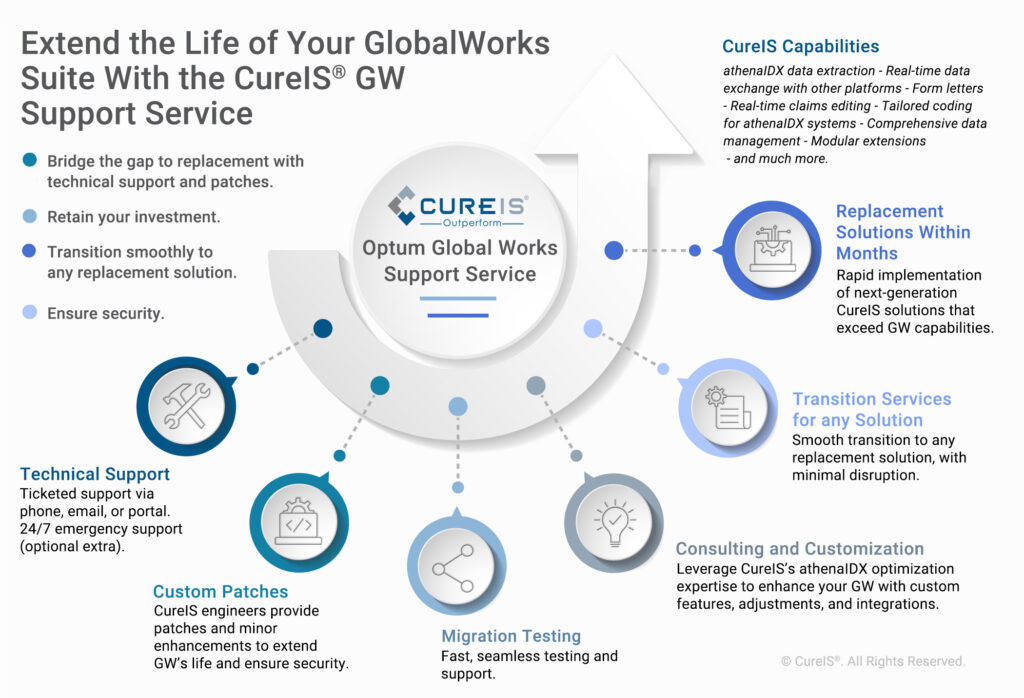The healthcare landscape has evolved significantly over the years, presenting consumers with various options for accessing and financing medical services. Two of the most prominent systems are Managed Care and Traditional Healthcare. One thing the two systems have in common is that bad data can slow down the reimbursement process. However, understanding their fundamental differences can help individuals and providers make informed decisions. In this article, we’ll delve into the essential contrasts between managed care and traditional healthcare.
What is Traditional Care?
Traditional healthcare, often referred to as “fee for service,” provides individuals with a vast freedom when choosing healthcare services. Under this system, individuals have the liberty to select their preferred healthcare providers, be it their trusted family doctor or a reputed hospital in their vicinity. When utilizing certain health plans, patients might bear the upfront cost, later submitting the bills to their insurance provider. In many instances, the healthcare provider processes the bill directly with the insurance company, which then reimburses a part of the expenses as dictated by the policy terms.
What is Managed Care?
Managed care takes a more integrated approach, combining both the provision and financing aspects of healthcare. While this model might come across as restrictive regarding selecting healthcare providers, it offers a significant advantage in terms of cost. When enrolled in a managed care plan, individuals often find that their medical expenses are relatively lower than in traditional systems. However, it’s crucial to note that managed care networks maintain certain controls to guide the users’ healthcare services, ensuring optimal care within the agreed cost parameters.
Managed Care vs. Traditional Care: Key Differences
As you can see, managed care and traditional healthcare are two different models of health insurance and healthcare delivery. Understanding the nuanced differences between the two systems is important. Here are the key differences:
Payment Structure
- Managed Care: Managed care, in most instances, adopts a capitation system. This approach ensures providers are compensated with a predetermined fee for every patient, irrespective of the volume or range of services the patient avails. The underlying idea is to foster a healthcare environment where providers are incentivized to prioritize preventive measures and treatments that guarantee value for money, ensuring that medical interventions are both necessary and cost-effective.
- Traditional Healthcare: On the other end of the spectrum, traditional healthcare operates on a fee-for-service model. Here, healthcare providers bill for each distinct service they offer. While this can lead to comprehensive care, there’s a lurking danger: it might unintentionally promote a culture where providers are encouraged to suggest additional or even superfluous treatments and procedures simply because it boosts their revenue.
Choice of Providers
- Managed Care: For those under managed care, there are some stipulations when it comes to selecting healthcare providers. Members must seek care from an approved network of medical professionals. Moreover, if they need specialized services, they often need a referral—from their primary care physician.
- Traditional Healthcare: Traditional healthcare stands out for its flexibility. Patients have the freedom to consult any medical professional they trust or need without the bureaucratic hoop-jumping of securing referrals. However, even with traditional healthcare, there are predetermined networks that may impact the amount covered by a patient’s plan.
Cost Management
- Managed Care: One of the primary goals of managed care is to provide quality healthcare at reduced costs. To achieve this, various cost-controlling strategies are employed. These might include negotiating discounted service fees with affiliated providers or mandating pre-approvals before certain medical procedures. Furthermore, drug formularies—a list of preferred, cost-effective medications—are employed to ensure patients receive essential medicines without inflating costs.
- Traditional Healthcare: In the traditional healthcare model, there’s less intervention in terms of cost management. The structure inherently lacks mechanisms to control expenses directly and proactively. This can, at times, lead to escalating healthcare costs, burdening both the insurance entities and the patients availing the services.
Coordination of Care
- Managed Care: Seamless coordination lies at the heart of managed care, especially evident in Health Maintenance Organizations (HMOs). An assigned primary care provider often acts as the patient’s main point of contact, coordinating all aspects of their healthcare. Whether it’s specialist referrals, diagnostic tests, or treatment plans, the primary care provider ensures every step is integrated and streamlined for the patient’s benefit.
- Traditional Healthcare: On the other end of the spectrum, traditional healthcare tends to place the onus of coordination on the patients themselves. They are in the driver’s seat, navigating their health journey, coordinating between various healthcare providers, and ensuring they receive comprehensive care. While this allows for autonomy, it can sometimes result in disjointed or overlapping services, particularly if there’s inadequate communication between multiple healthcare professionals.
If you need help navigating the complexities of managed care can be daunting, get in touch with the experts at CureIS. Our expertise in managed care can provide invaluable insights and tailored solutions, ensuring that patient care always remains paramount.



